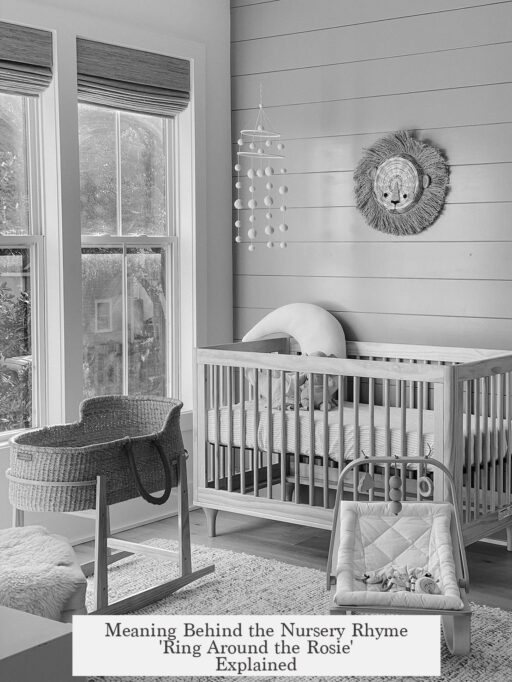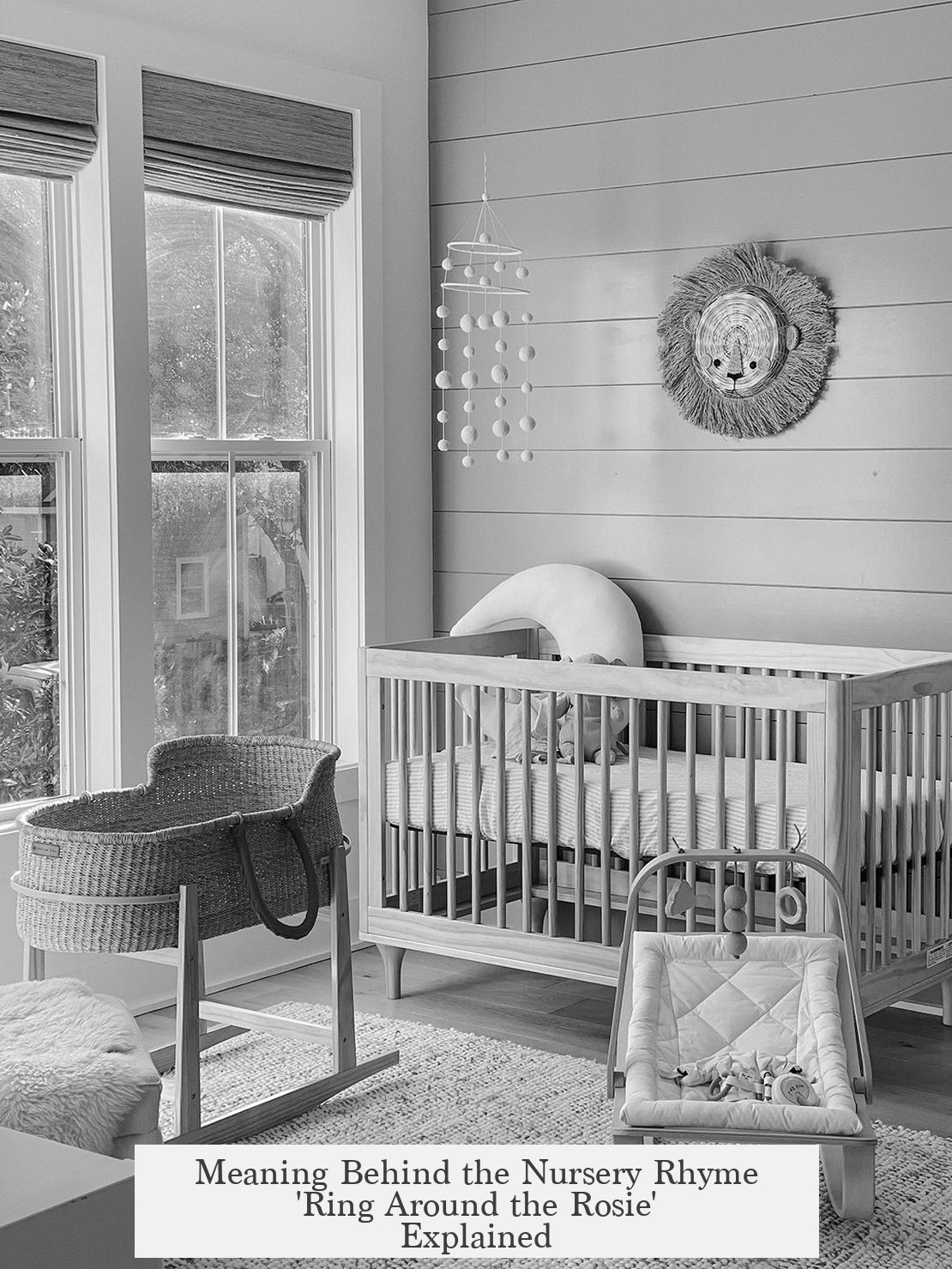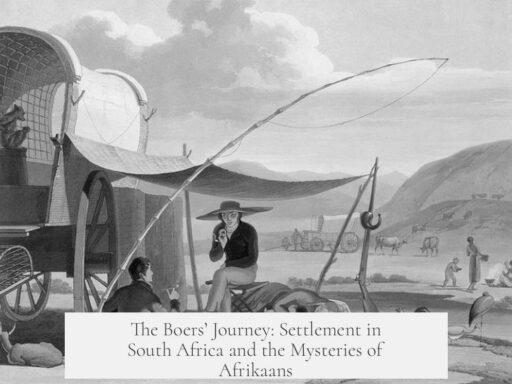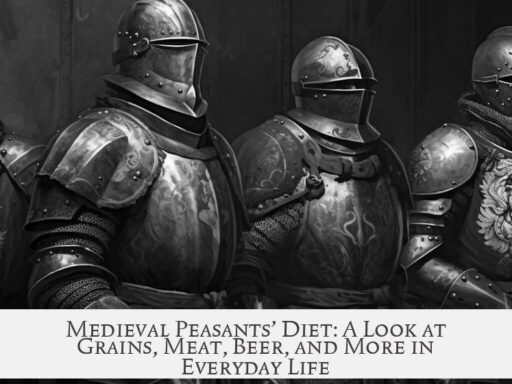The nursery rhyme “Ring Around the Rosie” is often believed to refer to the Black Plague, with its lyrics symbolizing the symptoms and grim realities of that time. Yet, this interpretation is a popular urban legend rather than a historically proven fact.
Many stories link “Ring Around the Rosie” to the bubonic plague, which devastated Europe in the 14th century, killing over twenty-five million people. The “ring around the rosie” is said to represent the red circular rash seen as an early symptom of the plague. “Posies” allegedly symbolize the flowers or herbs people carried to ward off disease. The final line, “we all fall down,” is interpreted as a reference to dying from the illness.
This plague explanation remains widespread because it offers a dramatic, memorable story. The rhyme’s dark theme appeals to our morbid curiosity. Children singing about death and disease is an alluring idea that stays alive in popular culture.
However, folklorists and historians challenge the plague theory. Research into the rhyme’s variants shows many do not include the specific plague-related details commonly cited. The rhyme appears in documented sources mainly from the mid-19th century, too late to connect it to the plague epidemics in the 14th or 17th centuries. Variants collected in different regions often omit references to “posies” or symptoms.
Folklorists see the plague interpretation as a form of folk etymology—a baseless but popular explanation created after the fact. It qualifies as metafolklore, meaning it is folklore about folklore itself. The romanticization and adoption of the plague story have transformed the nursery rhyme into a cultural myth, despite lacking direct evidence.
This popular explanation typically involves cherry-picking specific versions of the rhyme to fit preconceived ideas. Media and the public favor simple narratives to explain mysteries. When no definitive origin exists, humans instinctively fill the void with stories—even if they lack foundation. Thus, the plague explanation thrives because it answers our desire for meaning.
Alternative origins for “Ring Around the Rosie” link it to 19th-century children’s play parties in England and America. Children formed circles, holding hands and singing songs that involved play dancing or courting games. One child stood in the center, symbolizing a “rosie” or rosebush, representative of affection or love. The game ended with the group falling to the ground, a typical playful gesture.
The rhyme gained popularity through publications like Kate Greenaway’s Mother Goose in the 1880s, which included an iteration featuring “ring of roses, laps full of posies.” This version helped standardize the lyrics known today and spread their use in English-speaking countries.
Other seemingly folkloric explanations exist in traditions worldwide. For instance, knocking on wood is often linked without historical proof to beliefs about fairies or sacred crosses. Similar unsupported stories flourish because human culture favors telling meaningful tales about everyday customs.
Attempts to associate “Ring Around the Rosie” with other diseases like the Spanish flu have arisen but are blocked by historians and moderators on scholarly platforms for lack of evidence. Such efforts highlight the rhyme’s continuing role as a canvas for myth-making.
Despite evidence against the plague theory, folklorists ironically welcome the persistence of the popular but false explanations. They appreciate how these stories deepen our understanding of storytelling, myth creation, and cultural transmission.
Today, especially amid ongoing global pandemics, the nursery rhyme receives renewed attention. People revisit its lyrics, reflecting on past and present experiences with disease and mortality. Yet, the best-supported conclusion remains that “Ring Around the Rosie” is a children’s playground rhyme originating from dancing games, not a coded message about historical plagues.
- The traditional plague explanation for “Ring Around the Rosie” is widely regarded as a folk etymology lacking historical evidence.
- The rhyme most likely originated as a 19th-century children’s play party game involving circle dancing and playful falling.
- Folklorists emphasize the variability of the rhyme’s versions and their origins in social customs, not disease symbolism.
- Morbid curiosity and desire for simple narratives sustain the popular but unsupported plague story.
- The continued use of the plague explanation offers insight into folklore creation and cultural psychology.




